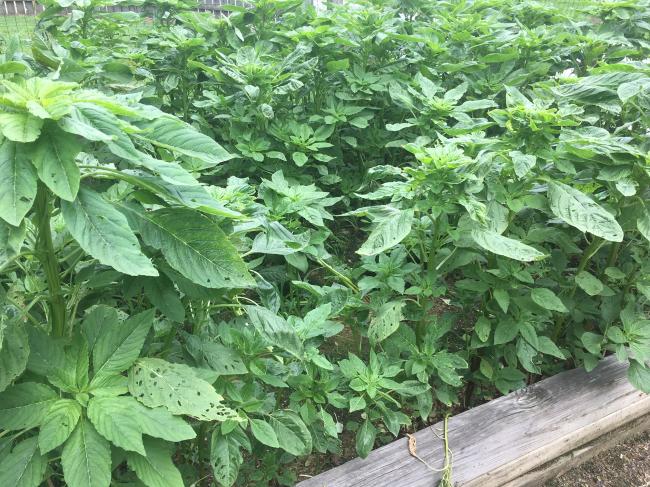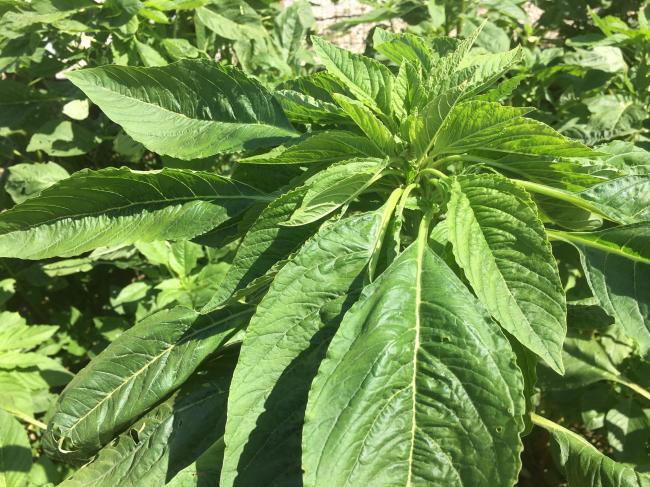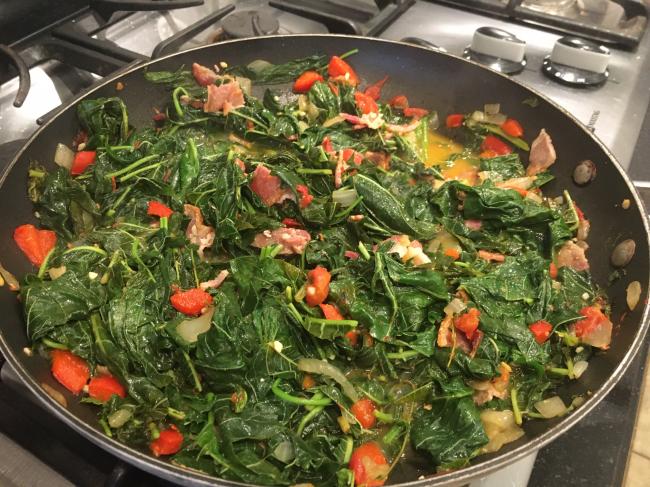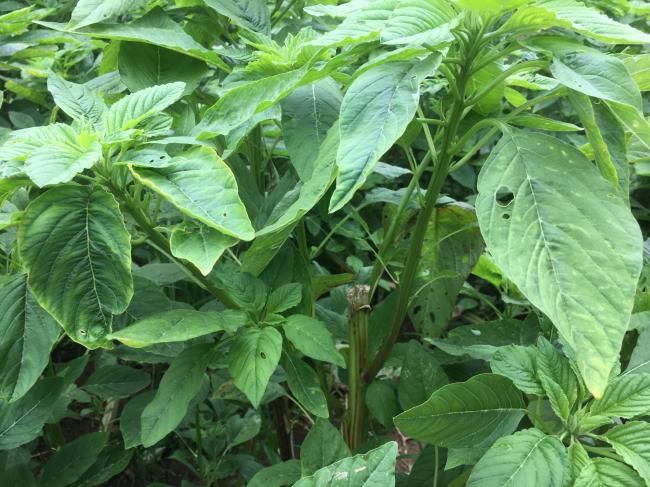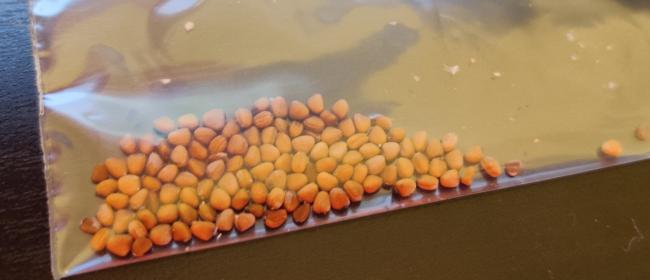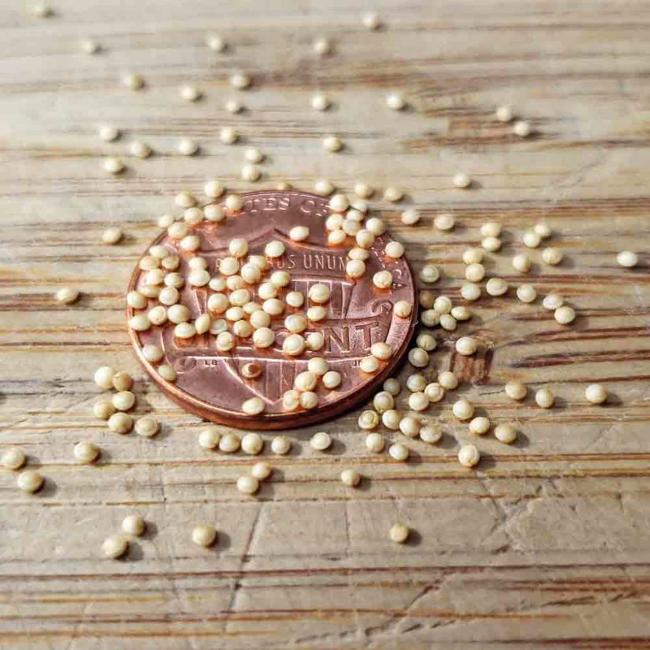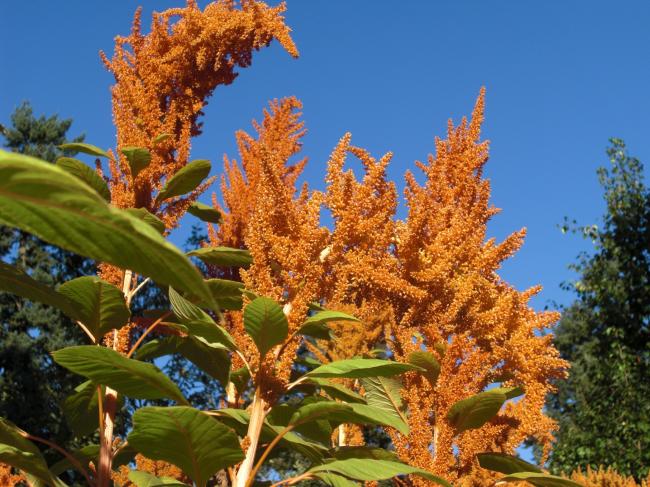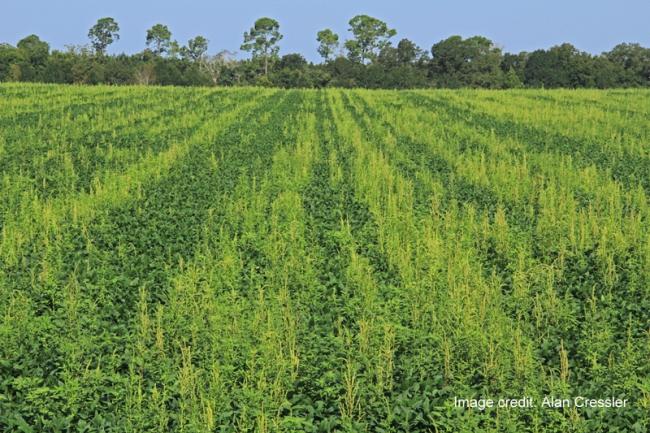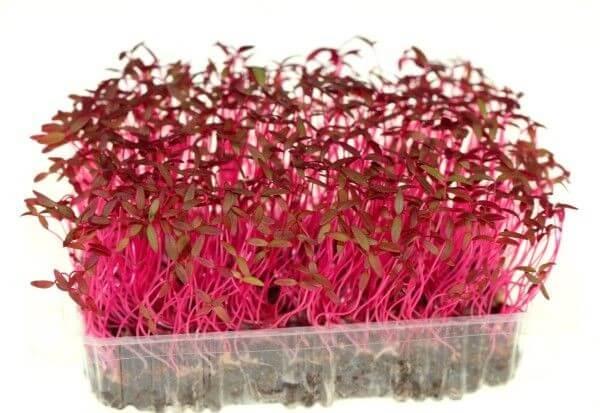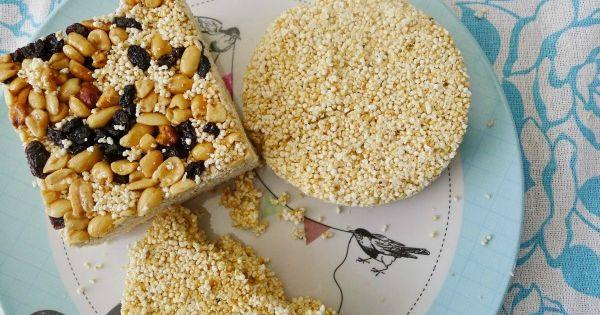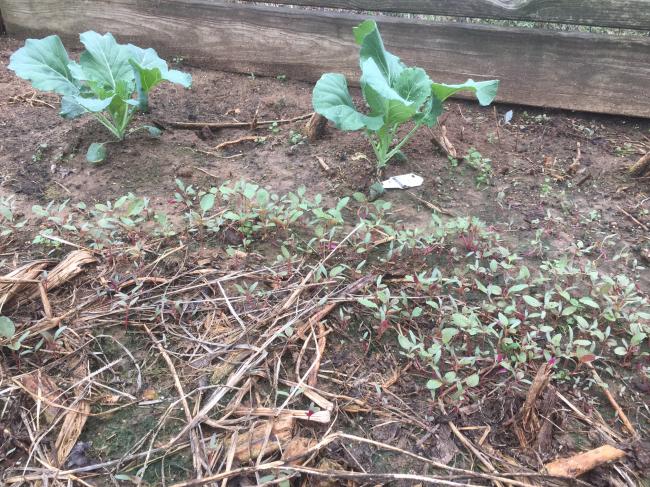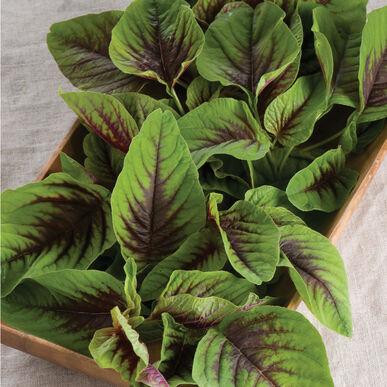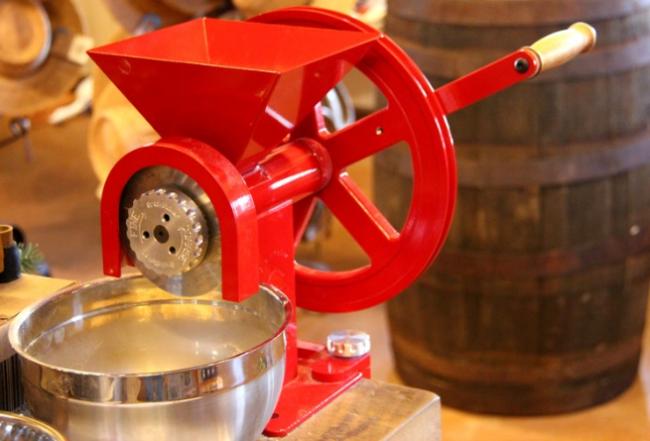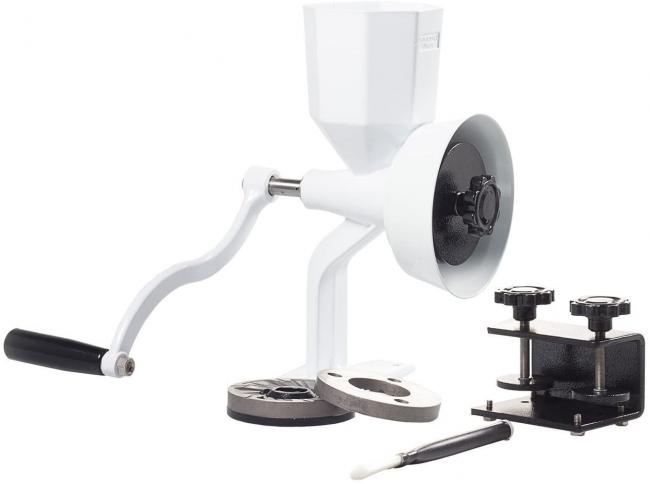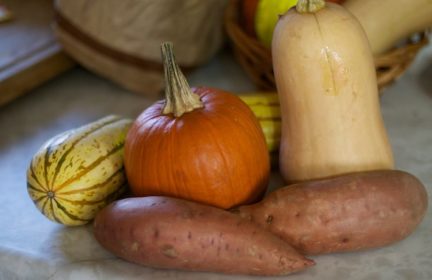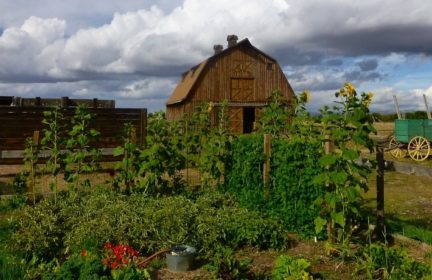Amaranth – My #1 Survival Crop
Just joined yesterday and wanted to contribute. I’m a long time prepper, living in north Mississippi. I love to garden. I live on a 20 acre farmstead where we have 4 horses and 9 dogs. My orchard has over 150 trees… mostly apples with some peaches. I also grow blackberries, blueberries & muscadine grapes. I am by no means self sufficient but most of what I grow is what we like to eat & what I would grow in a crisis, if I did ever have to become self sufficient.
IMO, the #1 survival crop is amaranth. It is easy to grow, as for some it is a weed (Pigweed, Palmer amaranth). It handles drought extremely well & needs little, if any fertilizer. Farmers struggle to get rid of it. It was a staple food item of the Aztecs & Incas. It is a dual use plant, in that you can eat the leaves & young stems, plus each plant can produce up to a pound of nutritious seed that can be ground into flour or made into porridge. It is considered a super food, as it is absolutely loaded with protein, fiber, vitamins & minerals. The plants can grow up to 10′ tall. It loves the hot weather and in my garden, I grow it as a summer green. You can use it in most any recipe for spinach or greens. IMO, greens are great crops for survival so I grow them the whole growing season. In cool season I grow collards & kale. In the summer, I grow amaranth.
But what really makes amaranth shine as a survival food has to do with its reproduction. Each plant can produce hundreds of thousands of seeds. I will say that again… hundreds of thousands of seed. So imagine we are in a SHTF crisis and we needs lots of food fast. What other nutritious plant could produce so much food so fast and which crop could provide enough seed to feed a town within 1 generation? Just one pound of seed contains around a half million seed, so anyone can store this seed for possible use.
Yes, I grow and store all sorts of garden seed. For me, my go to survival garden crop is the three sisters… a native American way of growing corn, pole beans & winter squash. Sister corn provides support for the sister pole bean. Sister pole bean, being a legume, puts nitrogen back into the soil for the corn to use. Sister squash provides ground cover to control grass/weeds & to hold moisture in the soil. But during a crisis, when so many would be starving, I think it would be smart to provide seed for others to grow their own food. I can’t afford to provide corn or other seed for lots of families… but could sure offer amaranth.
This summer, once my amaranth plants were around 4′ tall, I harvested a bunch of leaves for my callaloo pictured above. To harvest, I cut off the top half of the plant, where the newest, most tender leaves are located. I wanted to test that if you cut such a mature plant, that new growth would arise. And yes, within a week, vigous new growth started replacing what was cut. In the pic below, you can see where the stalk was cut and see the new shoots. As I said, it only took a week to get all that new growth.
-
Comments (31)
-
